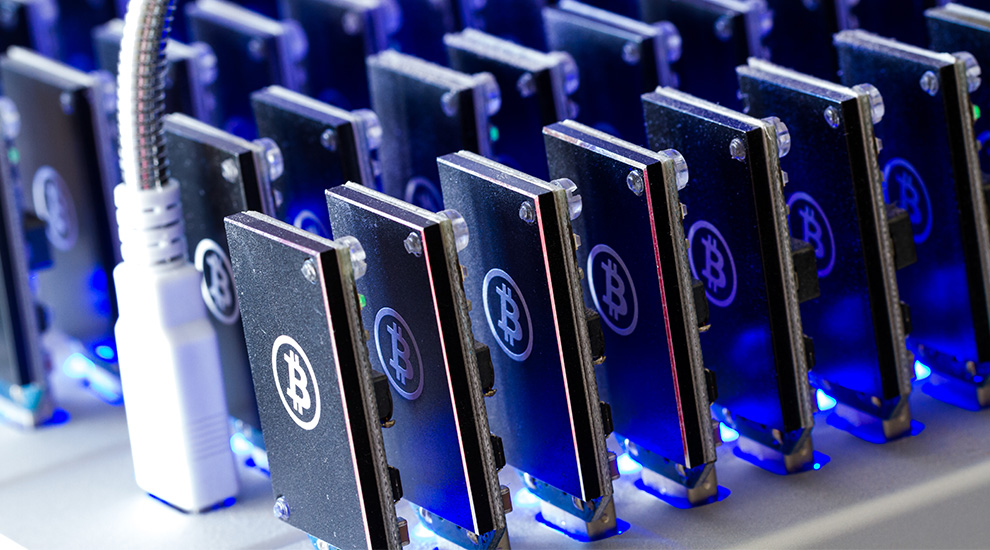Algorithmic Improvements Give Bitcoin Mining an AsicBoost
Timo Hanke, a mathematical researcher and cryptocurrency expert, in collaboration with Sergio Demian Lerner, a renowned security expert, has developed a new Bitcoin mining method that can increase mining revenue by up to 20 percent, translating to an increase of $30 million in annual profits if used by one of the biggest mining pools.
The patent pending method available for licensing “involves a new design of the SHA 256 hash-engines (inside the ASIC) and an additional pre-processing step as part of the mining software (outside the ASIC)” according to the whitepaper. Through parallel processing, it re-uses “outputs that would otherwise be created and discarded on a continuous basis.” Furthermore, it achieves gains on top of other optimizations such as “timing, pipelining, path balancing, custom cell and full custom designs.”
The new technology is a result of algorithmic discoveries that “were widely believed to be impossible,” allowing for a reduction in chip silicon area and lower power consumption by using fewer gates for each hashing core. This shortcuts the number of computations required for mining, as the mining hardware can re-use information acquired over time or share information with other hashing cores.
“Chip designers get a game-changing improvement over whatever they already have achieved today,” says technology inventor Hanke. “For the Bitcoin mines of the future, AsicBoost will make all the difference between a profitable and an unprofitable mine.”
The results have the potential to lead to a dramatic improvement in performance in a zero sum industry where every little gain counts.
The Arms Race in Bitcoin’s Mining Industry
Bitcoin mining has always been a competitive endeavor with the short-lived CPU mining period quickly giving way to GPUs, followed by ASICs. Considered an arms race as each hash-share gain increases profits at the expense of competitors, competition is intense, with hardware constantly improved and older versions quickly becoming obsolete.
A dramatic illustration can be seen during a three-month period between December 2015 to March 2016 when difficulty more than doubled from 75 petahash to 175 petahash, more than halving the reward for mining hardware in use during December 2015. The increase in difficulty followed an increase in price which reached a low of approximately $170 in 2015 to stand currently at $440.
The stakes can be high. Aquifer filed for bankruptcy in February 2015, claiming Bitcoin mining-related losses between $1 million and $10 million. In the same year, BTC Guild, one of the oldest mining pools, closed. Mining companies, therefore, are in constant search for more efficiency, leading to specialization.
Some miners, such as Genesis Mining, provide customer-focused services, such as cloud mining. Other companies, such as F2Pool, own no hardware, focusing instead on running a mining pool used by cloud mining providers, innovative mining businesses such as HaoBTC or small miners with few terahashes. Still other miners, such as BitFury and Antpool/Bitmain, design their own hardware and sell mining hardware to the public, as well as running a mining pool.
The current level of profitability for mining farms, which employ rows upon rows of mining hardware, is unclear, with few willing to provide concrete numbers. Jihan Wu, cofounder of Bitmain, one of the largest mining pools and home of the recently announced Antminer S7, told Bitcoin Magazine that the level of profitability depends on electricity prices as well as the cost of mining rigs, but he could not provide specific numbers.
Meanwhile, BitFury launched a new 16nm SHA256 ASIC to “deliver the maximum performance and efficiency possible” according to its website. BitFury recently announced an investment in BitPesa for an undisclosed amount as well as a new project to build a “blockchain-based property registry” having previously donated $100,000 to MIT’s Digital Currency Initiative developers fund, according to Alex Petrov of BitFury who told Bitcoin Magazine that it was BitFury’s initiative to create the fund which supports Bitcoin developers.
With mining revenue dependent on the strength of the Bitcoin ecosystem, and as its profits grow through efficiency gains, we may expect more investments and diversification. Meanwhile, the mining-efficiency race, which has built the world’s most powerful supercomputer to secure the $7 billion Bitcoin ecosystem, continues.
The post Algorithmic Improvements Give Bitcoin Mining an AsicBoost appeared first on Bitcoin Magazine.



